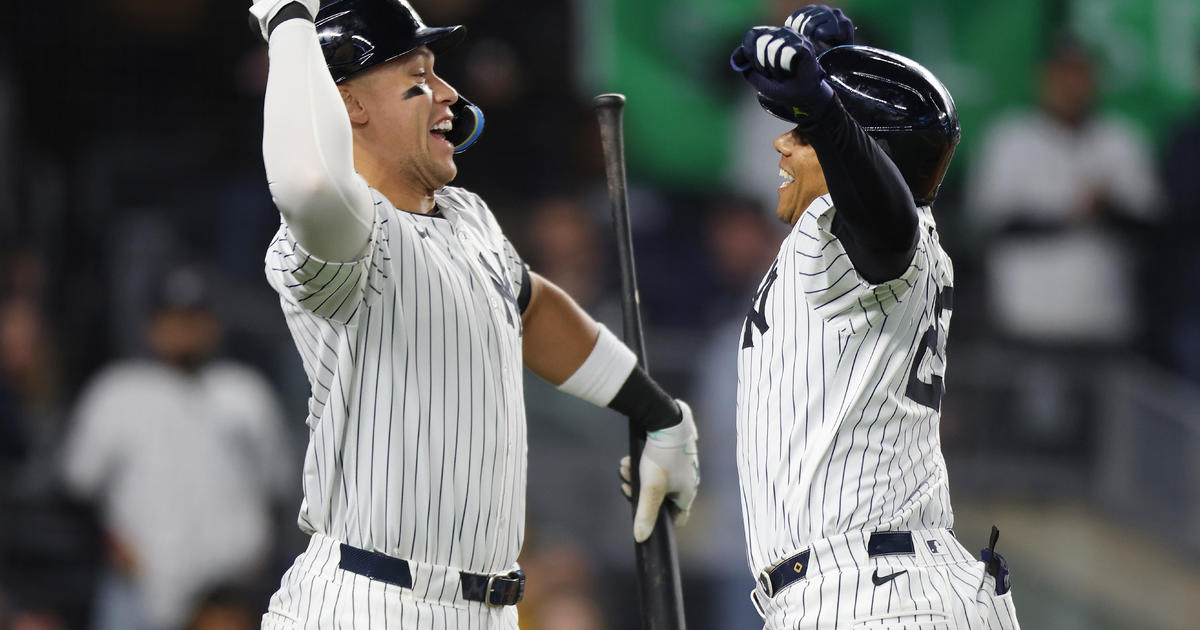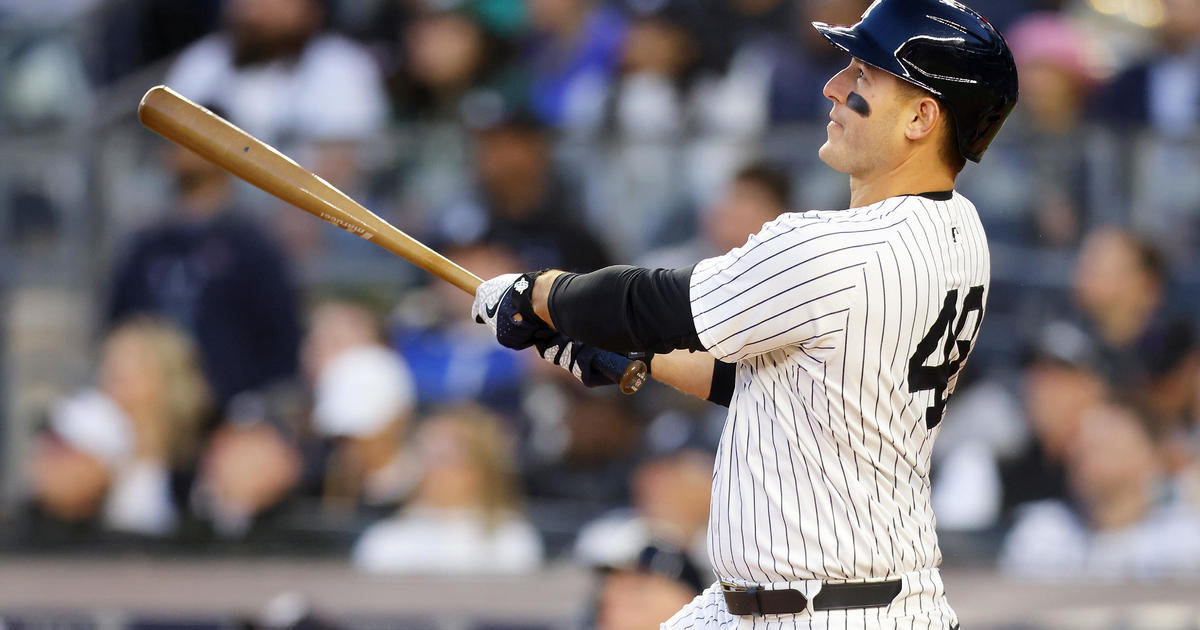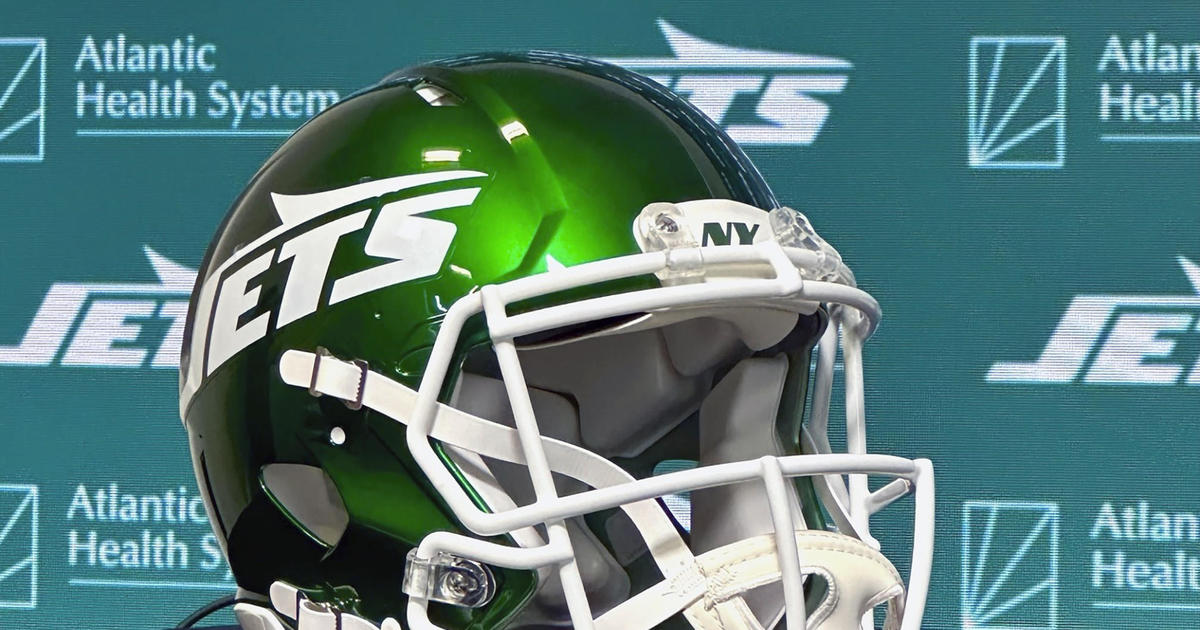Injury Breakdown: An Inside Look At Derek Jeter's Calf Injury
By Abby Sims
» More Columns
Derek Jeter, beloved Yankees captain, is officially on the DL after an MRI of his right calf reportedly revealed a Grade I strain. Jeter removed himself from the game after limping off the field in the fifth inning on Monday.
There is never a good time for an injury, and Jeter, just 6 hits shy of the 3,000 milestone, had not had an injury serious enough to put him on the DL since dislocating his left shoulder in 2003. Strains can be nagging injuries that create ongoing vulnerability, but with proper precaution and the mildest grade of strain, hopefully Jeter will be back in the lineup when this stint on the DL is up.
What muscles might have been strained?
The inner (medial) and outer (lateral) heads of the gastroc (gastrocnemius) comprise the bulk of the calf muscles. This muscle is generally the offender in calf strains. Deep to the gastroc is the soleus, and both attach to the heel bone via the Achilles tendon.
The primary difference between these two muscles is that the gastroc is a two-joint muscle, crossing both the knee and ankle, while the soleus originates below the knee, and crosses only the ankle. Both muscles act to point the foot downward/forward (plantarflexion of the ankle), allowing us to do heel raises or walk on our tip-toes (other muscles also assist in this action). They are crucial for push off with walking, running or jumping. Because of their attachments, the gastroc is in charge of plantarflexion when the knee is straight, while the soleus is the prime mover when the knee is flexed. As a result, they are also stretched and strengthened differently.
How do you stretch the calf muscles?
To stretch any muscle, it must be distended from its origin to its insertion. Because it is a two-joint muscle, the gastroc is put on stretch when ankle is dorsiflexed (the foot positioned up and back) while the knee is straight (extended). This is the traditional runners-stretch performed by leaning in toward a wall. In contrast, the soleus is stretched when the ankle is placed at its end-range of motion into dorsiflexion, with the knee flexed (bent).
As a special reminder, readers are cautioned NOT to stretch or strengthen either muscle by hanging their heels off the edge of a step or other elevated surface.
Repeatedly doing so can be damaging to structures in the midfoot. When stretching, the heel should remain flat on the floor (to lock the joint below the ankle) and the foot should be slightly inverted – putting extra weight through the outer side – to avoid dorsiflexion through the midfoot and focus the motion at the ankle alone.
A strain of the calf can occur with trauma, or may be due to overuse. Like sprains (of ligaments), muscle strains are graded based on the degree of damage to the tissue, with a grade III representing a complete tear. Just as with the hamstring or oblique strains we hear so much about in baseball, a calf strain can become a recurrent issue and taking care to accurately assess the degree of damage is necessary to drive the treatment that will follow.
Care and return to play are based on tolerance to anti-inflammatory measures, soft-tissue massage, progressive stretching and strengthening, as well as ability to restore full function with respect to movement, agility, balance and power/speed. Pain-free management remains a focus throughout.
I may be the ultimate Mariner fan (my husband calls their games after all) but I am rooting for Jeter all the way!
___________________________________________________
Abby Sims has a Masters degree in Physical Therapy from Duke University and a Bachelors in Physical Education from Rutgers University. She has owned and operated orthopedic and sports physical therapy practices in New York City for the past 30 years. During that time Abby has had the pleasure of working with many professional athletes and celebrities.
In addition to her clinical work and speaking at medical conferences, Abby and her husband, sportscaster Dave Sims, provide media coaching for athletes via their AthletiSense communications program. You can follow Abby's daily fitness/wellness tips on Twitter @abcsims



